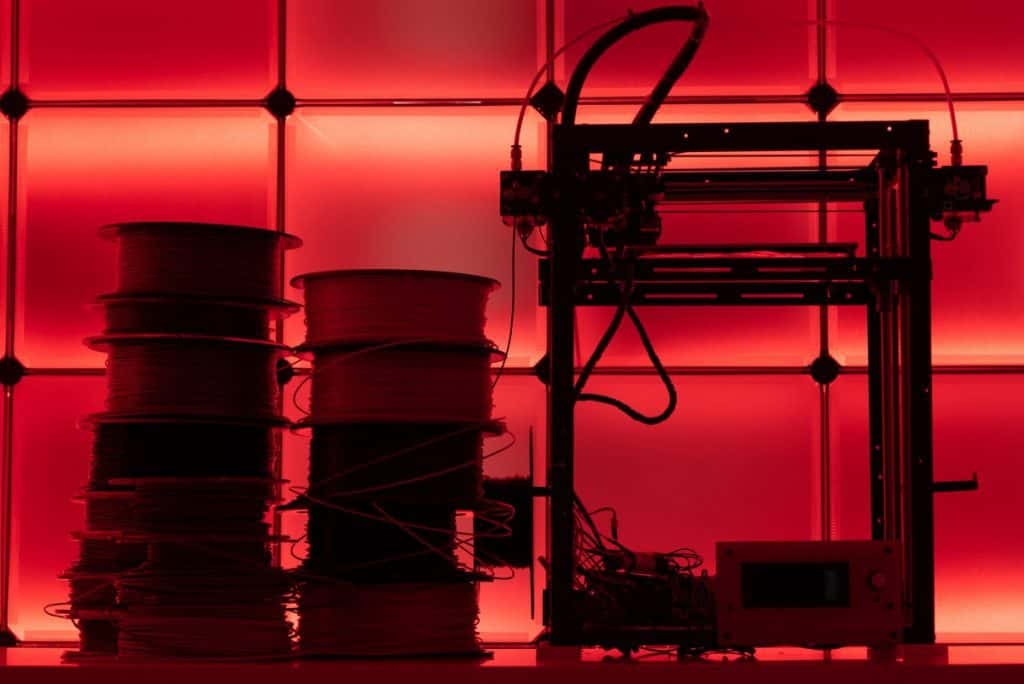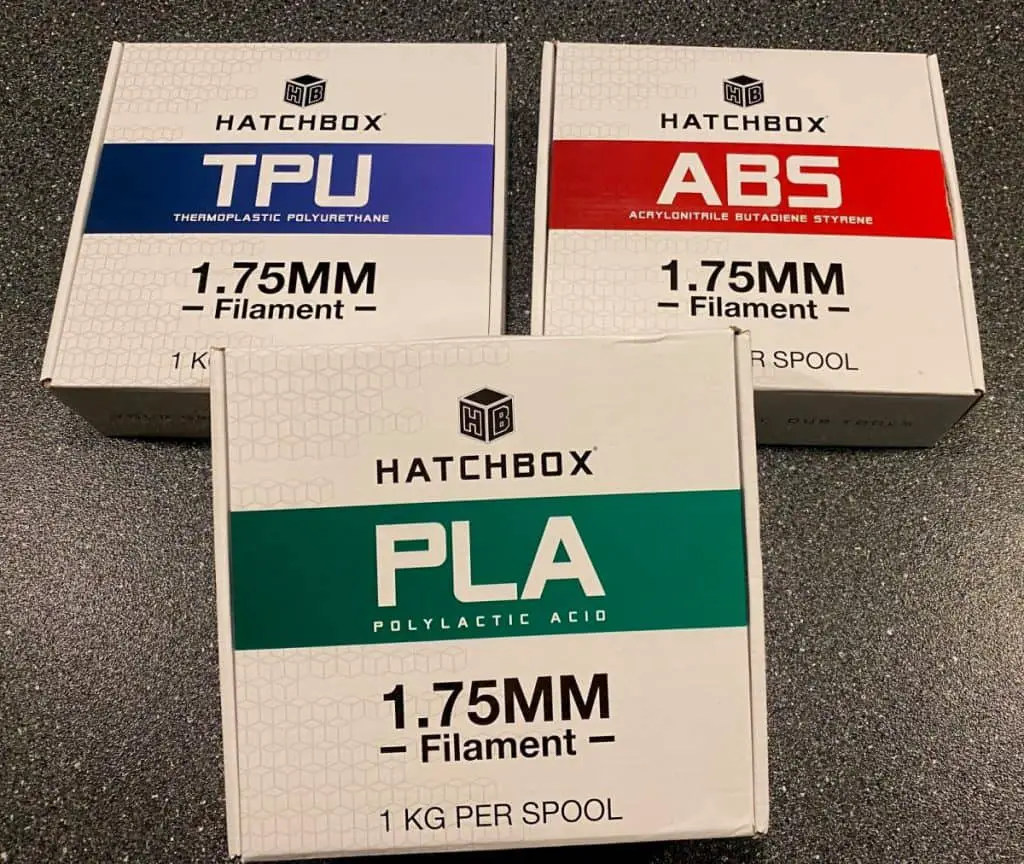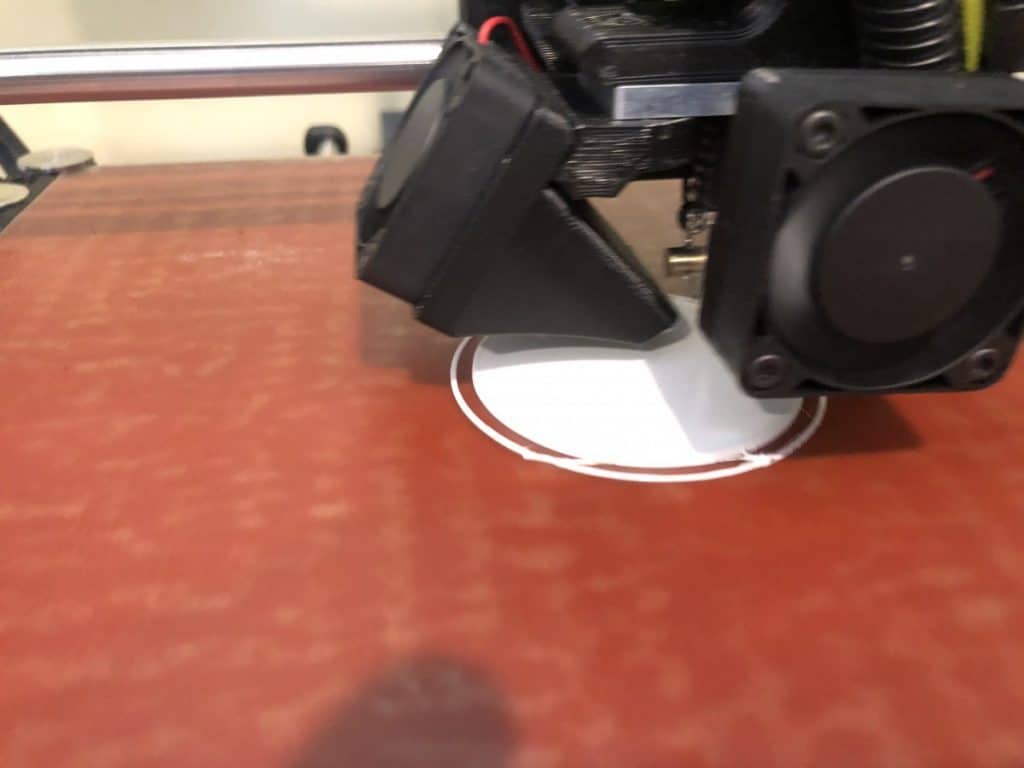The days of “one shot” plastic 3D printed guns are over. 3D guns are becoming stronger and more advanced day by day. In less than a decade, 3D printed guns have developed from single shot pistols, to assault rifles that can fire hundreds or even thousands of rounds before potentially failing.
3D printed guns have been working since 2013 when Cody Wilson printed one that could fire a single round with the help of a nail for a firing pin. Since then, printers and the materials they use have improved. 3D printed guns work well with metal receiver kits that you can buy separately.
In most cases, the receiver is the actual gun (legally) and the rest of the gun is considered “gun parts”. The receiver is the part of your gun that’s serialized if legally purchased. You have to go through legal procedures to buy a completed receiver, and any completed receiver made intending to sell requires a serial number.
If you’re not licensed or don’t want to go through legal procedures, you can buy an 80% completed receiver, finish it at home, and then slot it into your gun parts. Technically, there’s no law against that. Because an unfinished receiver is not considered a gun if it’s 80% complete or less.
You can even legally print your own gun in California, as long as you register and serialize it with the state Department of Justice. They are the only state that has this requirement, but at least 17 other states are looking at implementing the same regulation. Including Texas.

Can 3D Guns Shoot Bullets?
Yes, 3D guns shoot metal bullets just like mass-produced guns do. 3D printed guns shoot smaller bullets like .22 and 9mm rounds to reduce the stress on the plastic parts of the gun. Most 3D printed guns are fitted with receivers that are manufactured with metal, which gives the gun a massive durability upgrade.
80% complete receivers can be bought with no background checks or documentation required. The other 20% can be completed at home and fitted into the gun. This allows 3D printed guns to shoot hundreds, if not thousands, of bullets before cracking.
Are 3D Guns Safe?
Certain 3D printed guns are safe if they’re printed with a strong material with adequate thicknesses. Some 3D gun designers stress test their designs and make improvements on it until it can safely discharge over 1000 rounds of ammo.
However, because 3D printing is so accessible, it leads to people trying to print gun parts with the wrong materials or with printers that aren’t up to spec for printing guns. There are more designs available that haven’t been tested than those that have, so 3D guns can be dangerous if the designer or manufacturer doesn’t follow proven methods with extreme accuracy.
Any new, developing technology requires years of experimentation and failure to become reliable. That’s how good products are made, they’re “tested to failure” and then redesigned in the area of failure to make it stronger. The process is repeated until the product meets a certain standard, before releasing it to the public. For some 3D gun designers, the standard is 500 rounds, for others it’s 1000. There are no set rules for this yet.
With that said, anyone can create a design and make it public without doing any testing whatsoever. So it’s the manufacturer’s responsibility to research the reliability of the design they choose to print.
Can Bullets Be Made Of Plastic?
An entire bullet, from primer to head, can’t be made of plastic. The shell and the primer need to be metal to withstand the explosion inside of them. Plastic would not contain the explosion to push the bullet head out of the shell properly, the shell would explode inside the gun.

What Kind Of Plastic Are Guns Made Of?
3D printed plastic guns are made from a variety of different plastics, such as ABS, PLA, nylon, PLA+, and more. PLA+ and nylon plastics are becoming more popular for 3D printed gun parts as they’re stronger to withstand more shots fired.
Authorized gun manufacturers use a combination of polymers to create extremely strong plastic components. The Glock is made from Polymer 2, a plastic that is stronger than most steel alloys.
Here’s an example of some PLA+ on Amazon.
Can Polymer Guns Be Detected?
Yes, even the most basic 3D printed plastic gun has a firing pin and bullets that need to be made of steel, so they will set off a metal detector. Besides that, they can identify plastic guns with x-ray machines.
United States law dictates that all firearms must trigger a metal detector to be legal. So even if you print a plastic gun, it must contain metal to comply with federal law.
What Is A Ghost Gun?
A ghost gun is a non-serialized, unregistered gun made by an individual. It’s not illegal to make a ghost gun but in California you have to serialize and register it. The receiver is considered to be the gun and the rest of the parts are unregulated. So you can purchase most of the parts just as easily as you would car parts. As for the receiver, you can buy an 80% completed receiver, which is also non-serialized and unregulated. Because it’s not a gun yet.
You can then finish off the receiver yourself with basic home power tools. Add your finished receiver to your “gun parts” and you have a ghost gun.
Ghost guns can also be made with 3D printers. You can print entire receivers for an AR15 with a 3D printer. Back in 2013, Defense Distributed printed a lower for an AR that fired 660 rounds on its first day. They ran out of ammo but were confident that it could easily handle over 1000 shots. This is partly due to the fact that the rest of the gun was not 3D printed and the lower receiver of an AR15 doesn’t do much (even though it’s legally the gun part of the gun), most of the action happens in the upper of an AR15. You can buy the upper and all the other parts in metal without a license.
Is It Illegal To Make 3D Printed Guns?
At the time of writing this article, May 2021, it is legal to make your own gun in the US. It has never been illegal to make your own firearm, even if you’re unlicensed. Although you’re subject to federal law no matter which state you’re in. Some of those federal laws include but are not limited to:
- The gun must also have a certain amount of metal in it, so that it can be picked up by metal detectors.
- Convicted felons or persons guilty of domestic violence are not permitted to make a gun.
- Illegal drug users are not permitted to make guns.
- The gun must be in the shape of a gun.
- You aren’t allowed to 3D print guns with the intent of selling them.
- Fully automatic guns are not allowed to be made at home.
- Silencers are also not allowed.
- Destructive guns are banned. These are guns that are made in a way that makes them easy to take apart, dissolve and destroy.
In California, you can legally make your own gun, but you have to get it registered and serialized by the state Department of Justice.
Are 3D Printed Guns Legal In Ohio?
It is legal to 3D print an entire, fully functional gun in Ohio. If you can legally buy it, you can legally make it.
You are limited to federal laws mentioned above that dictate what type of guns you may own and who may own a gun.
There are many states that are looking at regulating the printing of guns, but at the moment, Ohio is not one of them.
Are 3D Printed Guns Legal In Texas?
In Texas, it’s legal to 3D print your own gun. Federal gun laws still apply, but Texas is looking at taking that a big step further.
Texas has a proposal for a legislative change regarding 3D guns. If it passes, 3D printed guns will need to be serialized and registered with the Texas Department of Public Safety. Possession of a non-serialized and/or unregistered 3D printed gun will be a felony of the 3rd degree.

Related Articles
- How to Print a File from Thingiverse (The Easy Way!)
- Do 3D Printers Use a Lot of Power? (The Numbers Inside)
- What Computer Do I Need for a 3D Printer?
- Cura Profiles
Conclusion
3D Printed guns are working better as 3D printers and the materials they use improve. On top of equipment and material advancements, there are many people working on improved designs for 3D printed guns.
3D printed guns still require a certain amount of metal to be legal, which is good because the receiver part of the gun where most of the action happens needs to be metal to withstand the gun fire. You can buy receivers separately if you have a firearm license, if not, you can buy 80% completed receivers and complete them yourself.
3D printed guns are certainly a hot topic that is undergoing plenty of scrutinization. Adjustments to the law are happening every month. Check your state and federal gun laws before pursuing any sort of gun making.
Make sure you check out our YouTube channel, and if you would like any additional details or have any questions, please leave a comment below or join us on Discord. If you liked this article and want to read others click here.
